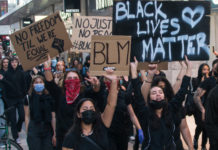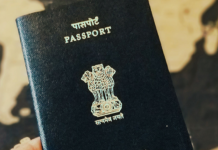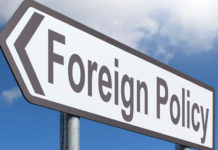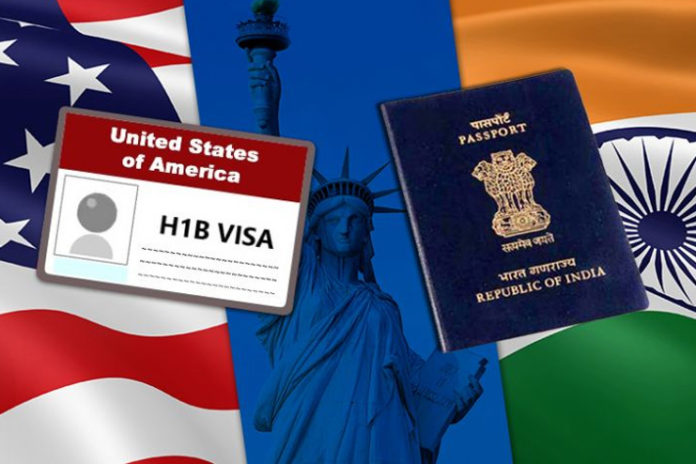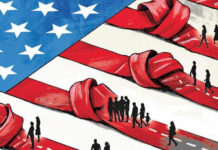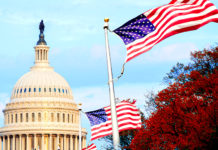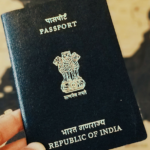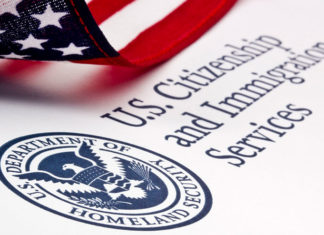The Indian IT service providers are finding it difficult to get H1B visas. Based on the ET analysis data got by the USCIS, from 2016 until 2019 there is a decrease in the H-1B visas from Indian IT companies. In 2016, it was 51 percent and now there is a drop of 24 percent visas.
This is the situation since April 2017, ever since Donald Trump signed the Buy American Hire American law that emphasizes on encouraging local firms and reducing immigration in the US.
The Trump Administration has focused on all the service companies who position computer science employees at client locations in their anti-immigration policies.
The rules for all the H-1B workers performing their work on client location has changed, this seems to affect the US and Indian employees who provide IT services to all the customers in the US.
The USCIS follows an October-September calendar year and based on the data collected for 2016 and 2017, out of the top 10, employees from 5 firms who got their work permits for high technology workers were from India. Besides, the two companies that are highlighted on this list are Tata Consultancy and Infosys.
“The number of visas from the allocated 85,000 cap has come down quite drastically after BAHA was introduced. For the top seven companies, the visa share has fallen from about 16% in FY17 to 3% in FY18,” said Shivendra Singh., the VP of a software company. Further, he added, “While Indian nationals get about 70% of the H-1B visas issued, very few are going to Indian companies,”
Why was BAHA introduced?
1. To improve employment opportunities for all the US workers by being stringent with immigration laws.
2. The BAHA order has brought many changes in the employee and employer relationship and several immigration lawyers have seen an increase in the rejection rate of H-1B visas.
The other agencies and the Department of Homeland Security were asked to change their policies in a way that the H1B visas would be issued only to the most skilled beneficiaries.
Although the law hasn’t brought changes in visas the USCIS is getting new changes through memos.
After studying a report it was found that the wages paid to the H-1B workers were comparatively higher when compared to the average amount paid in that industry for the same job.




